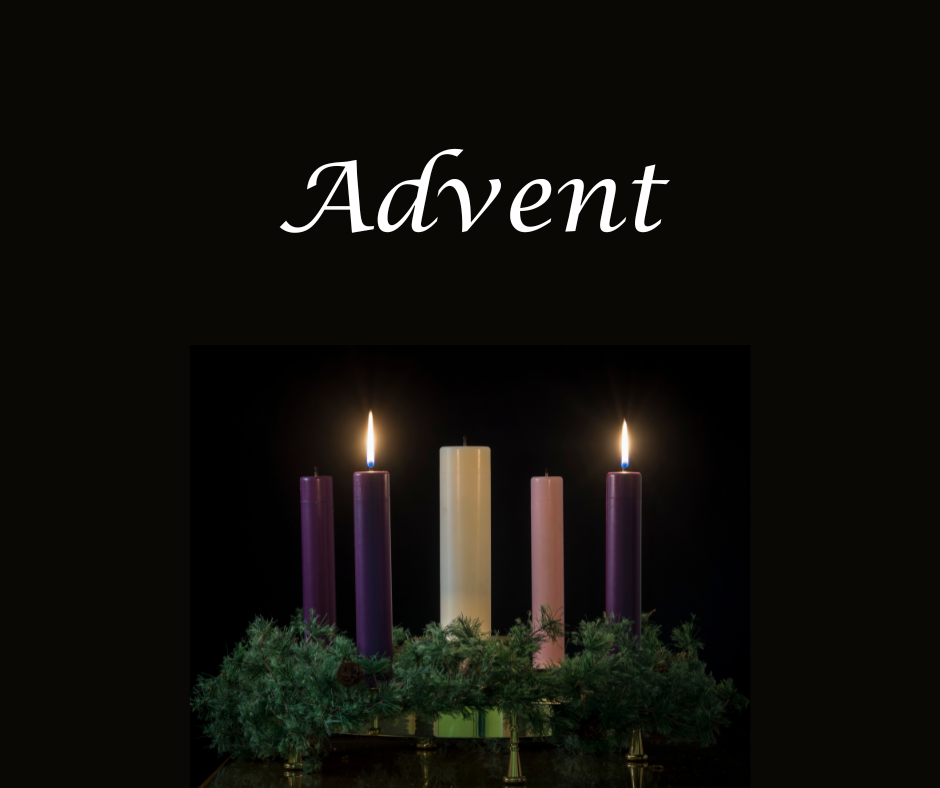Advent is a significant period in the Christian liturgical calendar, marking a time of preparation and anticipation for the celebration of the birth of Jesus Christ at Christmas. The term “Advent” is derived from the Latin word adventus, meaning “coming” or “arrival”. This season not only commemorates Christ’s first coming but also looks forward to His second coming.
Historical Background
The origins of Advent can be traced back to the 4th and 5th centuries in Spain and Gaul, where it was initially a time of preparation for the baptism of new Christians during the January feast of Epiphany. Over time, the focus shifted towards the anticipation of Christ’s birth and His eventual return. By the Middle Ages, Advent had become explicitly linked to the celebration of Christmas.
The Liturgical Significance
Advent begins on the Sunday closest to November 30th (St. Andrew’s Day) and lasts for four weeks, ending on Christmas Eve. Each of the four Sundays in Advent has its own theme, traditionally focusing on hope, peace, joy, and love. These themes are often represented by the lighting of candles on an Advent wreath, a practice that dates back to the 19th century.
Traditions and Practices

Advent Wreaths and Candles: The Advent wreath, typically made of evergreen branches, holds four candles. Three of these candles are purple, symbolizing penance and preparation, while the third candle, lit on the third Sunday (Gaudete Sunday), is pink, symbolizing joy. Each week, a new candle is lit, accompanied by prayers and reflections.
Advent Calendars: Another popular tradition is the Advent calendar, which counts down the days to Christmas starting from December 1st. Each day, a door is opened to reveal a small treat or a piece of scripture, helping families focus on the season’s spiritual significance.
Scripture Readings and Hymns: During Advent, churches often incorporate specific scripture readings that reflect the themes of anticipation and preparation. Hymns like “O Come, O Come, Emmanuel” are commonly sung, capturing the longing and hope of the season.
The Dual Nature of Advent
Advent is unique in that it balances the remembrance of Christ’s first coming with the anticipation of His second coming. The first two weeks of Advent focus on Christ’s return in glory, while the latter two weeks shift the focus to His birth in Bethlehem. This dual focus encourages Christians to reflect on their faith and prepare their hearts for both the celebration of Christmas and the eventual return of Christ.
Conclusion
Advent is a profound and meaningful season that invites Christians to pause, reflect, and prepare. It is a time of hope, peace, joy, and love, marked by traditions that help believers to focus on the true meaning of Christmas. Whether through lighting candles, reading scripture, or singing hymns, the practices of Advent serve to deepen the spiritual experience of the holiday season.